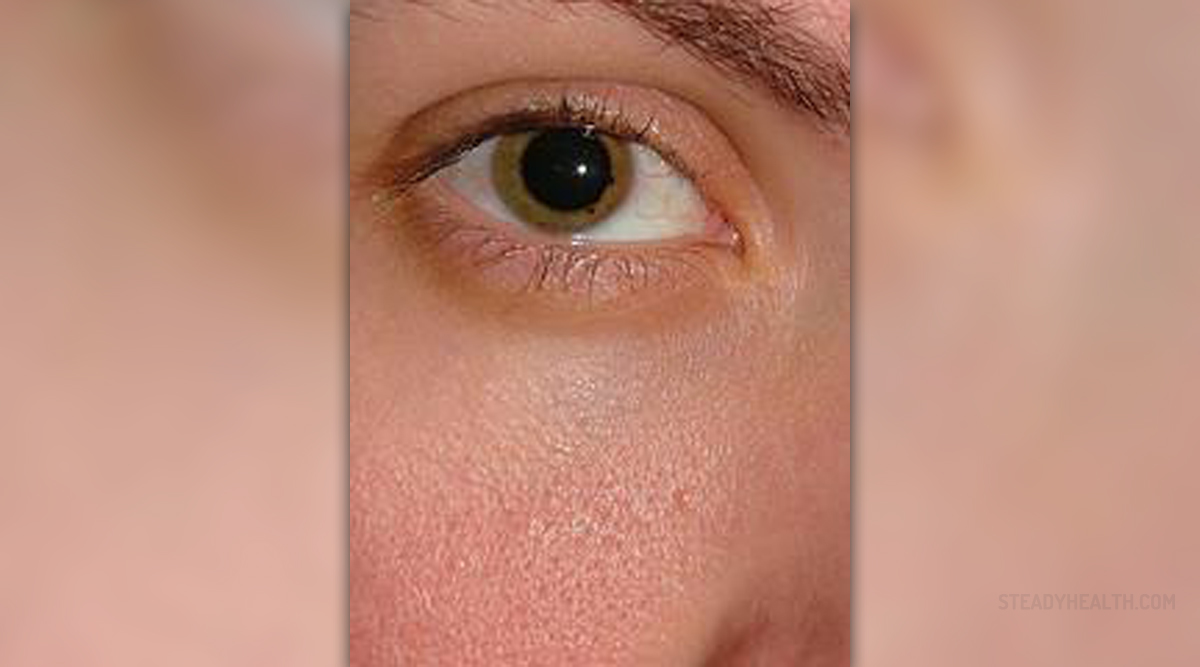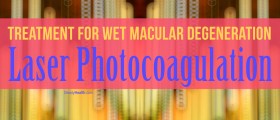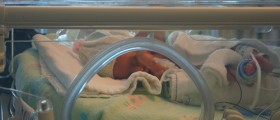
Progressive damage to the retina of the eye is known as retinopathy. It is frequently diagnosed in people suffering from diabetes mellitus in whom heightened level of blood sugar affects different organs and tissues in the body, including the retina. This condition is known as diabetic retinopathy and although patients might not have any symptoms in early days of this disease, untreated retinopathy is known to lead to partial and then complete loss of vision.
Diabetic retinopathy is quite common medical problem also recognized by medical professionals to be the leading cause of complete vision loss in adult patients younger than 65 years of age. A person suffering from diabetes has about 25% or even more chances (depending on the required treatment) to develop retinopathy in 5 years from the onset of the first symptoms. However, proper treatment is extremely beneficial and able to prevent serious loss of vision in most patients.
Stage of Retinopathy Determines the Treatment
Early phases of retinopathy (background retinopathy) may not need any prompt treatment and these patients are usually advised to undergo annual eye checkups to monitor progression of the disease. Pre-proliferative retinopathy has to be diagnosed by an ophthalmologist and then monitored by eye examinations once or two times during a year. Some diabetics may also receive additional treatment for better control of their blood sugar level, while excessive bleeding may require laser therapy.
Maculopathy and proliferative retinopathy are advanced stages of diabetic retinopathy and are commonly treated with either laser treatment or by vitreous surgery.
Laser Treatment for Retinopathy
Diabetic retinopathy is treated by laser treatment called photocoagulation, when laser beams burn abnormally formed blood vessels in the retina, preventing permanent and severe vision loss. This therapy is not painful, but some patients report pricking sensation, even though common practice is to administer some numbing drops into the treated eye. Patients who experience discomfort or pain may be given some sedatives or pain killers. Aches after the treatment may subside with paracetamol or some other over-the-counter (OTC) analgesics (drugs which alleviate pain).
Photocoagulation may cause certain problems, such as damage to the outer retina of the eye and consequent problems with night vision or loss of peripheral vision in some cases.
Vitreous Surgery for Patients Suffering from Diabetic Retinopathy
Advanced proliferative retinopathy, which for some reasons cannot be treated with photocoagulation, is commonly brought under control with vitreous surgery. Also, patients whose doctor has diagnosed extensive scar tissue which is or may cause retinal detachment, or there is a large amount of blood in the center of the eye are advised to have this type of eye surgery.

















Your thoughts on this
Loading...